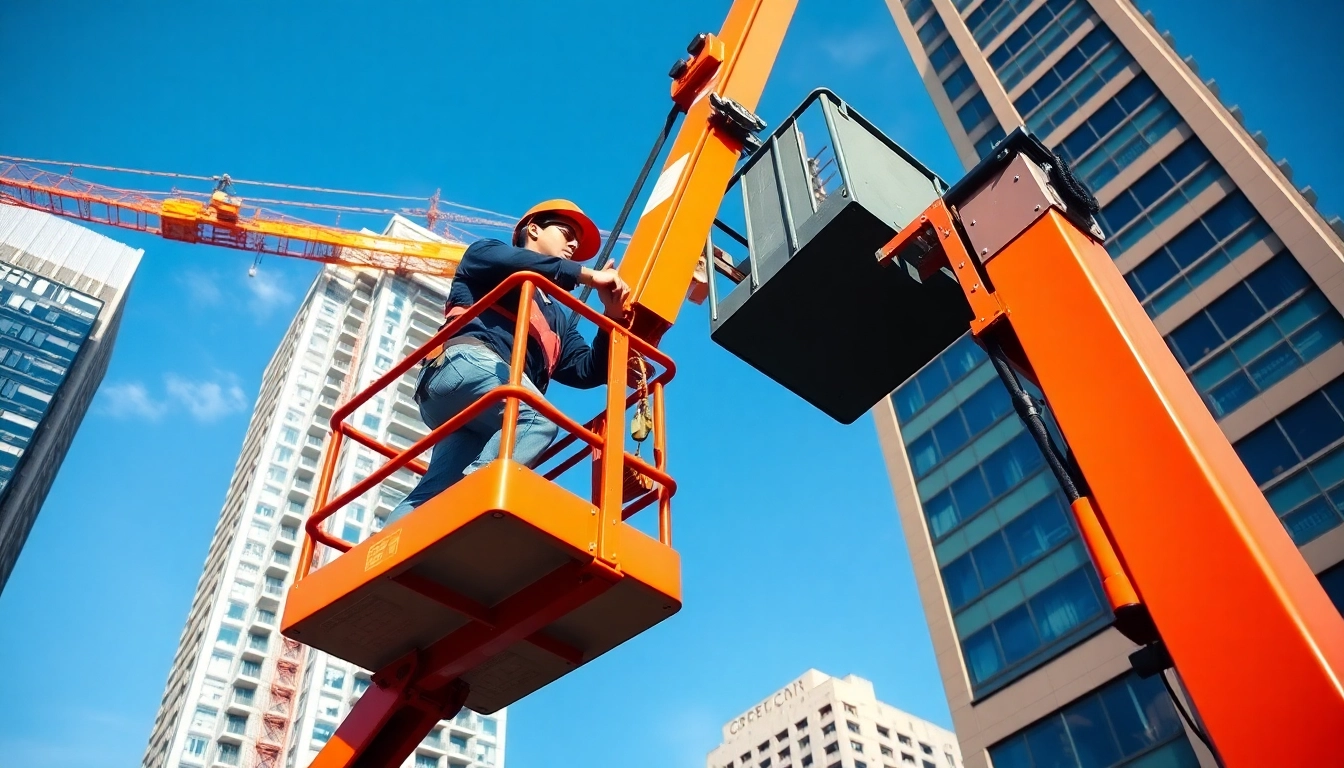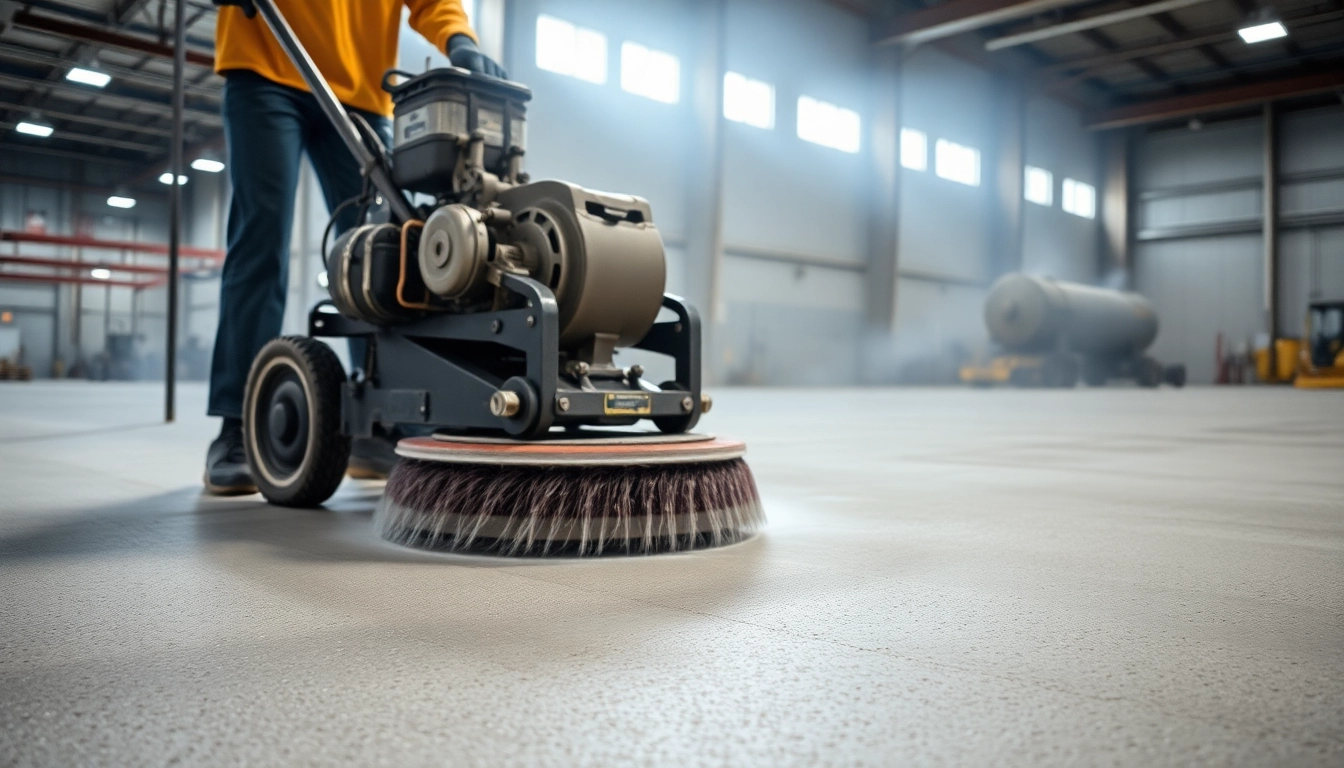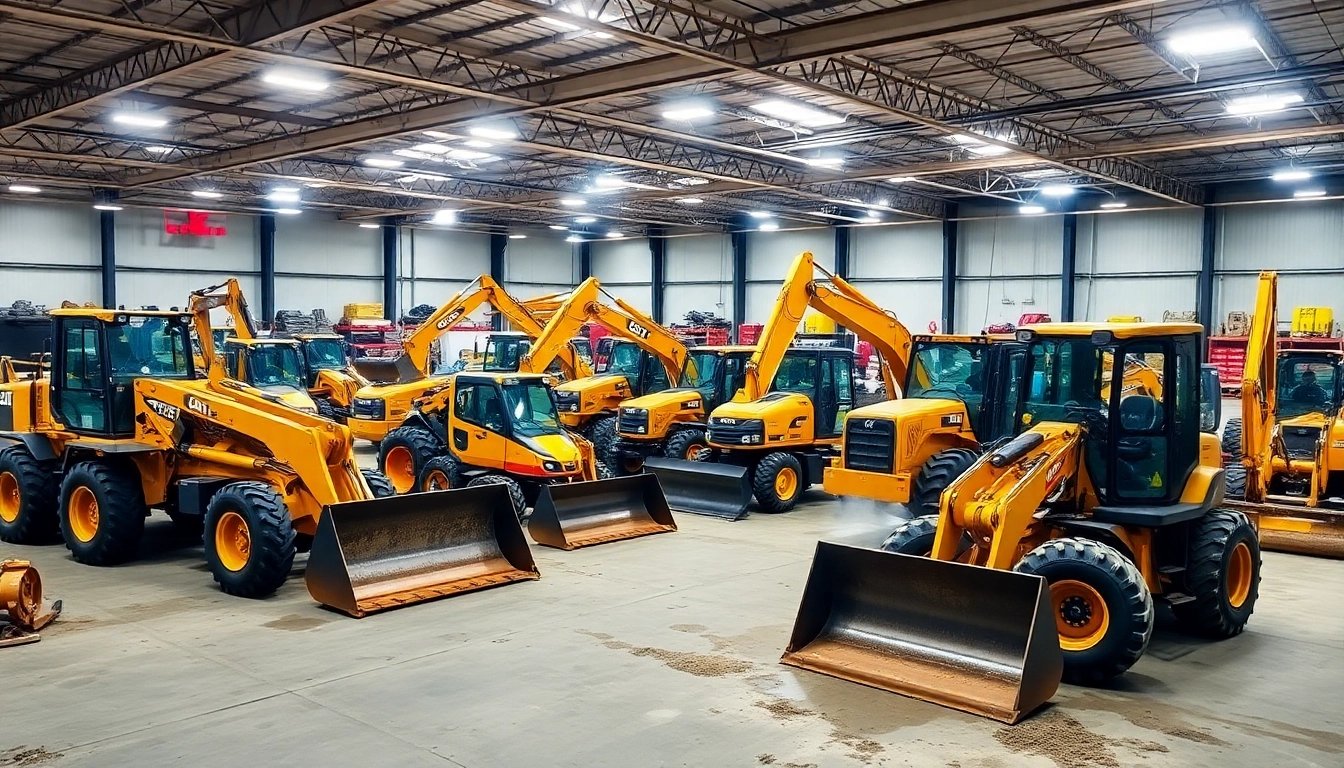Understanding Boom Lift Rental: Types and Applications
In the realm of aerial work platforms, boom lifts have become indispensable tools across multiple industries. Their versatility, combined with the ability to access elevated and hard-to-reach areas safely and efficiently, makes them a preferred choice for construction, maintenance, and various specialized tasks. As more companies opt for rental over ownership, understanding the different types of boom lifts and their applications is crucial to making informed decisions. Boom lift rental services provide flexible options tailored to the specific needs of each project, ensuring optimal performance and safety.
This comprehensive guide aims to clarify the types of boom lifts available, their suitable applications, and strategic considerations for selecting the ideal equipment for your project.
Different Types of Boom Lifts Available for Rental
Boom lifts can be categorized based on their design, mobility, and power sources. Recognizing these distinctions helps in matching the equipment to your project’s demands, ensuring safety, efficiency, and cost-effectiveness.
Articulating Boom Lifts
Often called “knuckle booms,” articulating boom lifts feature jointed arms that allow for greater flexibility and precise positioning. They excel in navigating complex workspaces with obstacles, such as building facades, scaffolding, or densely packed areas. These lifts are ideal for indoor maintenance, electrical work, and window cleaning tasks. Their ability to fold sections of the arm means they can operate in tighter spaces compared to straight telescopic booms.
Telescopic Boom Lifts
Known as “straight boom lifts,” telescopic models extend telescoping arms, providing maximum height reach with a straightforward boom mechanism. Their stability and ability to reach significant heights make them suitable for outdoor construction projects, wind turbine maintenance, and telecommunications work. They typically offer larger platforms and higher load capacities, facilitating the handling of heavy tools and materials at elevated levels.
Vertical Mast Lifts
Vertical mast lifts are compact aerial platforms designed for indoor use with limited space. They have a telescoping mast that elevates a personnel platform, providing access up to 11-12 meters (36-39 feet). Their lightweight design and zero-turn radius make them advantageous for indoor repairs, warehouse stocking, and light maintenance.
Tracked vs. Wheeled Boom Lifts
Tracked boom lifts incorporate rubber tracks, offering enhanced stability and traction on uneven or rough terrain. They are suitable for outdoor applications with challenging ground conditions. Wheeled boom lifts, with their tires, are more maneuverable on smooth surfaces and are typically used in urban environments or indoor settings.
Electric, Hybrid, and Diesel Power Sources
Power source options influence where and how boom lifts can be used. Electric models produce zero emissions, making them perfect for indoor projects and environmentally sensitive areas. Hybrid variants combine electric and fuel engine capabilities for extended operation. Diesel-powered lifts offer higher power output for demanding outdoor tasks, especially on rugged terrain.
When renting a boom lift, selecting the right type hinges on understanding the specific application requirements and site conditions.
Common Industries and Projects Requiring Boom Lifts
Numerous sectors leverage the advantages of boom lifts for varying tasks. Recognizing these industry applications ensures optimal equipment choice and project planning.
Construction and Infrastructure
Construction firms frequently use boom lifts for building facades, roofing, installation of structural elements, and facade cleaning. The ability to reach high elevations safely accelerates work timelines while maintaining safety standards.
Maintenance and Facilities Management
Facilities teams utilize boom lifts for ceiling repairs, electrical maintenance, painting, HVAC servicing, and lighting installation within large commercial or industrial buildings.
Energy and Utilities
Maintenance of electrical towers, wind turbines, and water plants often requires high-reach equipment like boom lifts. Electric models are particularly favored for their zero-emissions profile during indoor work on power infrastructures.
Event Setup and Advertising
For installing large banners, lighting, or audio-visual systems at significant heights, boom lifts provide safe and efficient access, reducing setup time during high-pressure event preparations.
Telecommunications
Installing and maintaining cell towers, antennas, and satellite dishes depend heavily on boom lifts, especially telescopic variants offering reach and stability for outdoor telecom infrastructure.
Key Benefits of Renting a Boom Lift Over Purchasing
While owning equipment might seem appealing, renting offers distinct advantages that align with dynamic project needs and budget considerations.
Cost Efficiency
Rental eliminates capital expenditure on expensive machinery, maintenance, storage, and insurance costs. Instead, companies pay only for the duration of use, maximizing budget flexibility.
Access to Latest Technology
Rental providers regularly update their fleet with the latest models featuring improved safety, performance, and eco-friendly features. This ensures projects utilize high-performing equipment without the hassle of ownership upgrades.
Flexibility and Scalability
Depending on project phases, demand for specific boom lift types may fluctuate. Renting allows companies to scale equipment up or down without long-term commitments or storage concerns.
Maintenance and Support
Rental companies are responsible for maintenance, safety checks, and repairs, reducing downtime and operational complications for the user. This focus on service guarantees operational readiness during critical project periods.
Risk Management
Renting minimizes financial risks tied to equipment obsolescence, damage, or devaluation, especially in industries where project scopes and site conditions vary frequently.
Choosing the Right Boom Lift for Your Job
Assessing Height and Reach Requirements
Precise measurement of the maximum working height and horizontal outreach is fundamental. For example, a project requiring access to 15 meters (49 feet) should specify this height to select an appropriately rated boom lift. Remember to include additional clearance for safe operation and equipment movement.
Specialized tools or materials might increase the load weight, influencing the choice of lift — higher capacities are essential to prevent overloading and ensure safety.
Indoor vs. Outdoor Rental Options
Indoor projects demand electric-powered, lightweight, and compact models to navigate tight spaces without emissions or noise. Conversely, outdoor applications benefit from diesel or hybrid units designed for rough terrains and extended operation.
Environmental factors such as wind, rain, and uneven ground also influence the choice. Tracked, heavy-duty models provide greater stability outdoors, while smooth-rolling wheeled lifts deliver ease of movement indoors.
Matching Equipment Features with Project Needs
Key features to consider include platform size, vertical and horizontal reach, maneuverability, stability, and operator controls. For complex tasks with obstacles, articulating booms with multiple articulations provide versatility. For simple vertical height, telescopic booms may suffice.
Additional features such as 360-degree rotation, remote controls, and platform protection enhance safety and efficiency, aligning equipment capabilities with project-specific challenges.
Best Practices for Safe Boom Lift Operation
Pre-Use Safety Checks and Operator Training
Before each operation, a thorough inspection must confirm the lift’s structural integrity, hydraulic systems, controls, tires, and safety devices. Ensuring the user has proper training and certification, especially in the UK where HSE standards apply, is critical for safe operation.
Operator training should cover safety procedures, emergency protocols, and familiarization with the specific model’s controls and limits.
Adhering to UK Safety Regulations
Compliance with UK legislation such as the Work at Height Regulations 2005, and equipment-specific standards like BS EN 280, guarantees safety. Regular inspections, proper risk assessments, and clear communication are mandatory for legal and safe operation.
Proper Setup and Stabilization Procedures
Ensuring the boom lift is on level ground, deploying outriggers or stabilizers, and verifying all safety devices are engaged are fundamental setup steps. Weather conditions, including wind speed, should be monitored to prevent accidents. Maintaining safe operational distances from power lines and other hazards is vital.
Cost and Rental Process Explanation
Pricing Factors for Boom Lift Rental
Rental costs depend on several variables, including machine type, size, power source, duration, and location. Typically, daily rates range from £150 to £400, with weekly or monthly discounts available for extended rentals. Additional charges may apply for transportation, setup, and decommissioning.
Rental Durations and Flexible Options
Flexibility is a key benefit. Short-term rentals for single-day projects and long-term agreements for ongoing work are common. Many providers offer hourly, daily, weekly, and monthly rates, allowing precise budget planning.
How to Request a Quote and Book a Machine
Contact rental providers directly via their website or customer service lines. Provide project details, including height requirements, terrain, duration, and any specific features needed. Comparative quotes enable cost-effective decisions. Modern rental platforms often facilitate online booking and real-time availability checks, streamlining the process.
Maximizing Efficiency and Performance
Maintenance Tips for Rented Boom Lifts
Although rental companies handle routine maintenance, operators should perform basic pre-operation checks. Regularly inspect for leaks, tire wear, and proper functioning of safety devices. Proper storage and handling during operation prolong equipment lifespan and maintain performance.
Best Practices During Operation to Prevent Downtime
Operate within the lift’s specified load limits, avoid abrupt movements, and keep clear of overhead obstacles like power lines. Communicate effectively with team members and use remote controls where available to enhance safety.
Measuring Rental Success: Productivity and Safety Metrics
Track operational hours, incident reports, and downtime incidents. Evaluate the safety records, task completion times, and adherence to safety protocols to understand how equipment utilization impacts overall project efficiency.



